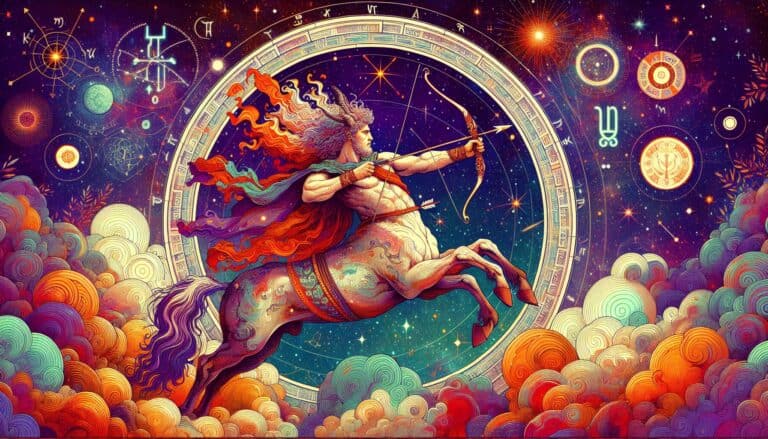When planning a stargazing adventure, the phase of the moon is a critical consideration for observers aiming to experience the most dazzling and clear night skies.
The moon, our closest celestial neighbor, goes through a cycle of phases each month, dramatically influencing the quality of the night sky for stargazing. During its full phase, the moon is bright and can wash out dim stars and celestial objects, but when it wanes to a slender crescent or new moon, the darkness of the sky provides a spectacular backdrop for observing the wonders of the cosmos.
Understanding how moonlight affects visibility is essential for both amateur and experienced stargazers. A new moon phase offers the darkest skies, while the first and last quarter moons present moderate conditions. For the most part, avoiding the nights around a full moon will lead to a more rewarding stargazing experience as contrast is maximized, revealing faint galaxies, nebulae, and star clusters.
Arranging your stargazing session during the optimal moon phase enhances your chances of an unforgettable celestial observation.
The best moon phase for stargazing is the New Moon, offering the darkest skies for optimal viewing of faint celestial objects. Avoid full moon nights to increase contrast and visibility of galaxies, nebulae, and star clusters.
Understanding Moon Phases
When you embark on nighttime observations, grasping the moon phases is essential. The moon cycles through several phases each month, influenced by its position relative to Earth and the sun.
- New Moon: The moon is between Earth and the sun, rendering it invisible in the night sky. This absence makes it an ideal time for stargazing, as the sky is darker.
- Waxing Crescent: A sliver of the moon becomes visible, a phase that gradually increases in size over following nights.
- First Quarter: The moon is a half-circle in the sky. It sets around midnight, offering good stargazing opportunities after it sets.
- Waxing Gibbous: More of the moon is illuminated each night, but increased brightness can hinder observation of faint stars.
- Full Moon: The entire face of the moon is lit up, making this phase the least favorable for stargazing due to the bright sky.
- Waning Gibbous: The illuminated portion starts to decrease but still provides significant natural light.
- Third Quarter: Another half-circle, similar to the first quarter, but it rises around midnight and sets in the afternoon, which can allow for early evening stargazing.
- Waning Crescent: The moon diminishes to a slim crescent, signaling the approach of another new moon cycle.
Your best opportunities for stargazing typically occur during the new moon phase when the moon’s light is absent from the sky. To maximize your experience, keep track of the lunar calendar and plan your stargazing sessions around these darker nights.
Best Moon Phases for Stargazing
When planning your stargazing activities, the lunar phase plays a crucial role in the visibility of celestial objects. Two phases offer particularly dark skies ideal for observing faint stars and galaxies.
New Moon
During a New Moon, the Moon is positioned between the Earth and Sun, making it invisible in the night sky. This absence of moonlight results in the darkest skies, which is perfect for viewing deep-sky objects like nebulae, star clusters, and galaxies.
Waxing Crescent
The Waxing Crescent phase occurs right after the New Moon. During this time, only a slim fraction of the Moon is illuminated and sets early in the evening. This still provides you with a substantial amount of dark sky to enjoy most of the night’s stargazing opportunities.
Impact of Moonlight on Stargazing
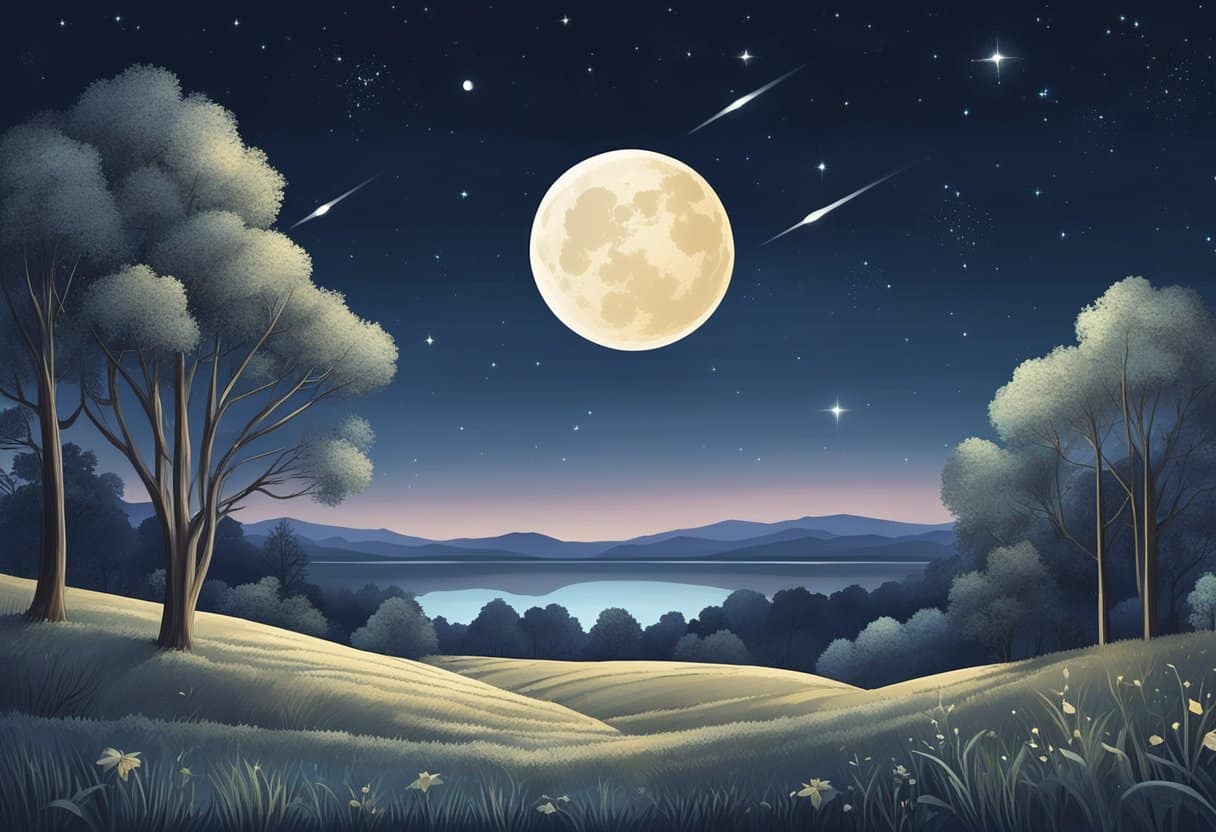
When you stargaze, the phase of the moon significantly affects the darkness of the night sky. A brighter moon, particularly a full moon, floods the sky with light, making it difficult to observe faint objects such as galaxies and nebulae.
New Moon:
- Visibility: Optimal. The moon is not visible in the sky.
- Best For: Viewing deep-sky objects like galaxies, clusters, and nebulae.
During a new moon, the sky is at its darkest, which is ideal for stargazing. You’re likely to see the most stars and may even catch a glimpse of the Milky Way if you’re in a dark enough location.
Full Moon:
- Visibility: Poor. The moon is fully illuminated and very bright.
- Best For: Observing the moon itself, but not ideal for other celestial objects.
A full moon’s glare can wash out the faint details of deep-sky wonders. It’s the least favorable time for stargazing because it reduces the contrast of the night sky.
Gibbous to Crescent Phases:
- Visibility: Moderate to fair.
- Best For: Viewing the moon’s features and brighter planets.
Between these phases, your ability to view celestial objects shifts. The brightness of the moon has a direct impact; less brightness means better conditions for stargazing.
To maximize your stargazing experience, plan your sessions around the new moon phase or when the moon is below the horizon. Remember, light pollution from urban areas can also affect your observations, so find a spot as far from city lights as possible to enjoy the best stargazing conditions.
Planning Your Stargazing Session
To optimize your stargazing experience, it’s crucial to consider the lunar cycle and weather conditions. These factors significantly impact visibility and can either enhance or diminish your observation opportunities.
Stargazing Calendars
Utilize a stargazing program to track the moon’s phases; aim for a new moon when the sky is darkest. Mark your calendar for these dates, as moonless nights provide the best conditions for observing faint stars and deep space objects.
- New Moon: Ideal for stargazing, as the sky is darkest.
- Full Moon: Brightest phase; not optimal for viewing galaxies and nebulas.
- First & Last Quarters: Moderate conditions; good for moon observations but can interfere with deep sky viewing.
| Moon Phase | Stargazing Conditions |
|---|---|
| New Moon | Optimal |
| Waxing Crescent | Good |
| First Quarter | Moderate |
| Waxing Gibbous | Fair |
| Full Moon | Poor |
| Waning Gibbous | Fair |
| Last Quarter | Moderate |
| Waning Crescent | Good |
Weather Considerations
Before you head out, check the local weather forecast for clear skies. Cloud cover and atmospheric conditions like humidity or dust can obscure your view. Using clear sky charts can help predict stargazing conditions for your location.
- Clear Skies: Necessary for unobstructed views of stars and planets.
- Cloud Coverage: Even a few clouds can limit visibility of celestial objects.
Be sure to plan your stargazing session around both moon phases and weather conditions for an unrivaled celestial viewing experience.
Stargazing Equipment and Tips
Equipping yourself with the right tools and knowledge is essential for a rewarding stargazing experience. Whether you’re gazing from your backyard or a remote dark sky site, selecting the proper telescope and using reliable stargazing apps can greatly enhance your observations of the night sky.
Choosing the Right Telescope
When selecting a telescope, consider aperture size and portability. A larger aperture allows more light to enter, providing a brighter and more detailed view of celestial objects. However, portability is key if you plan to travel to dark sky locations. For beginners, a 6-inch Dobsonian telescope is a good balance between aperture and ease of use.
- Aperture Size: Opt for a larger aperture for clearer, brighter views.
- Portability: Consider if the telescope can be easily transported.
- Mount Type: Choose between a tripod mount or a Dobsonian mount for stability.
Stargazing Apps and Maps
Stargazing apps and maps are invaluable aids for planning your night of observation. Utilize apps that can provide real-time celestial charts and highlight lunar phases to ensure minimal moonlight interference. For detailed star charts and an understanding of the night sky throughout the year, look into apps such as Stellarium or SkySafari. These tools often include features like augmented reality, which can help you directly pinpoint stars and constellations in the sky.
- Celestial Charts: Employ apps with real-time updates for accurate tracking.
- Lunar Phase Info: Apps like Moon Phase Calendar provide moon phase information to better plan your stargazing.
- Augmented Reality: Use AR features to identify constellations with ease.
By carefully selecting your equipment and utilizing modern apps, you can greatly enrich your stargazing experiences.
Frequently Asked Questions
In this section, you will find concise, expert responses to common questions about the best moon phase for stargazing.
Which lunar phase provides the optimal visibility for stargazing?
The New Moon phase is ideal for stargazing because the sky is darkest when the moon is not visible, allowing fainter stars and celestial objects to be observed with greater clarity.
How does the moon phase affect the ability to view the Milky Way?
During a New Moon, the absence of moonlight means the Milky Way can appear especially vivid, as the sky is free of the bright light that can hinder the visibility of this galaxy.
What is the ideal time of night to observe the stars?
The best time to observe the stars is typically after midnight when the sky is usually at its darkest and many celestial objects have risen high in the sky, granting clearer views.
What stargazing equipment is recommended for observing under a specific moon phase?
For New Moon observations, a simple pair of binoculars can reveal a plethora of stars and constellations, while a telescope allows for deeper exploration of planets and nebulae unhindered by moonlight.
How can one determine the best night for stargazing in a given week?
Consult a lunar calendar to identify nights when the moon is in a New Moon or thin crescent phase, as these conditions provide the lowest levels of natural light pollution.
Is a half-moon phase conducive for stargazing activities?
A First or Last Quarter Moon (half-moon) does produce significant light which can obscure fainter stars, but it’s still possible to enjoy stargazing, especially if focusing on observing the moon itself or brighter planets.

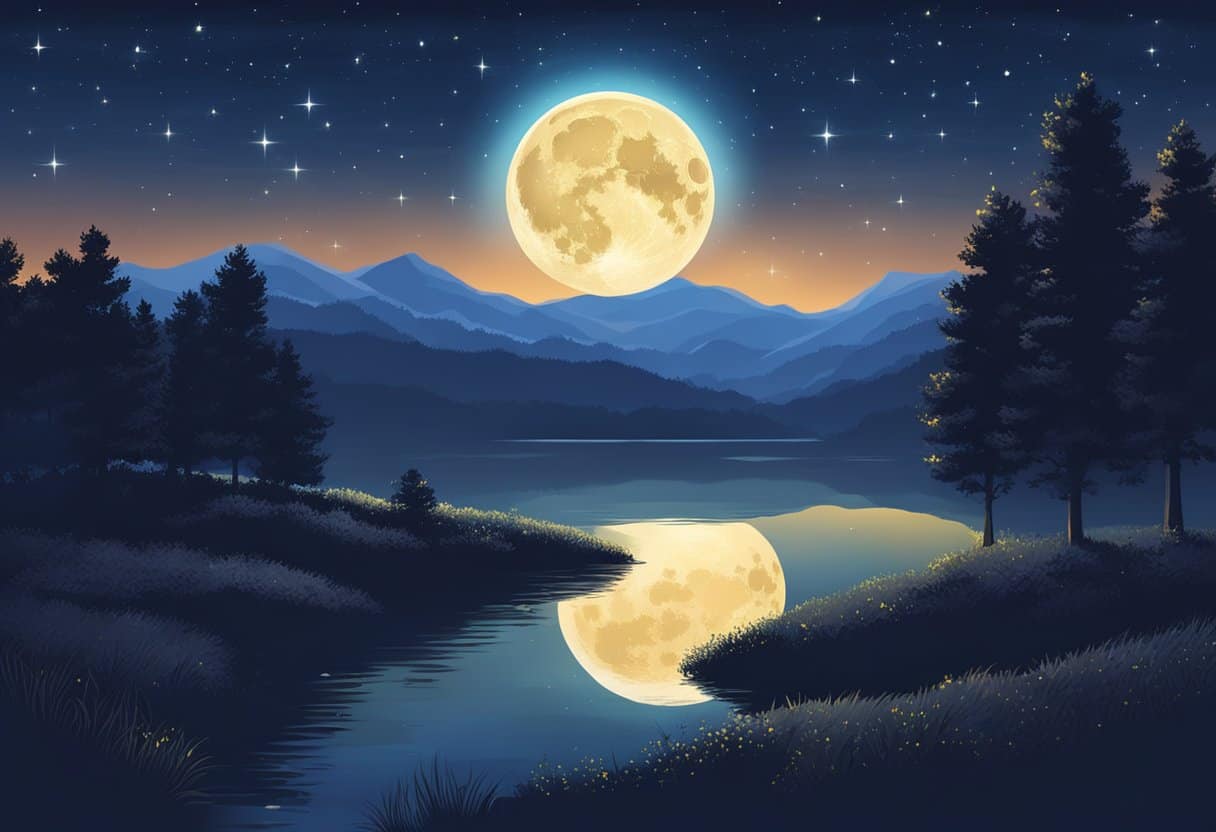
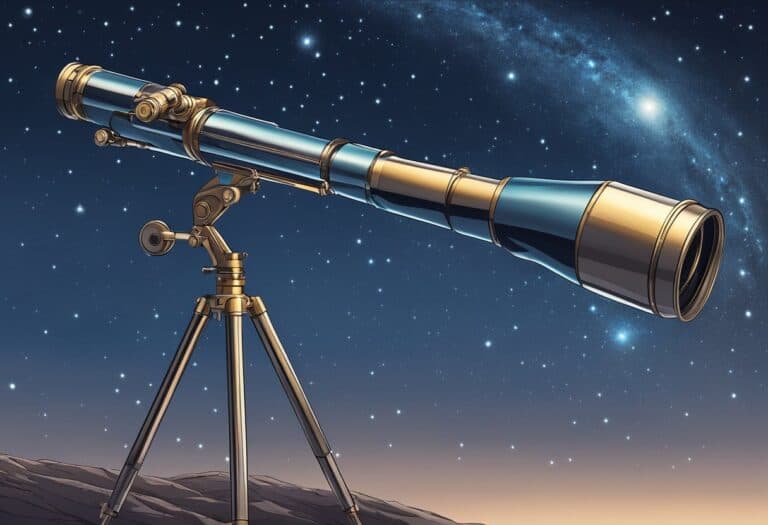
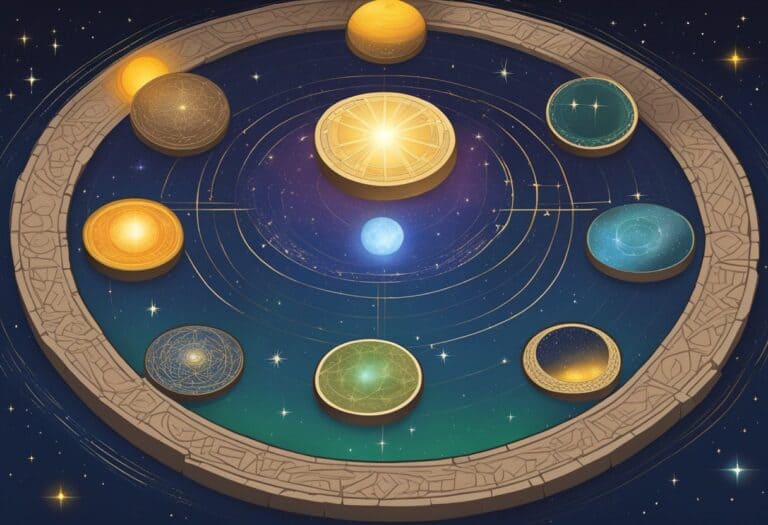
![Best Smart Telescope: Top [year] Models for Astronomy](https://observationhobbies.com/wp-content/uploads/2024/01/Best-Smart-Telescope-768x525.png)
![Best Telescope for Travel: Compact [year] Options](https://observationhobbies.com/wp-content/uploads/2024/01/Best-Telescope-for-Travel-768x525.png)
![Smithsonian Telescope Reviews in [year]](https://observationhobbies.com/wp-content/uploads/2024/01/Smithsonian-Telescope-Reviews-768x525.png)
